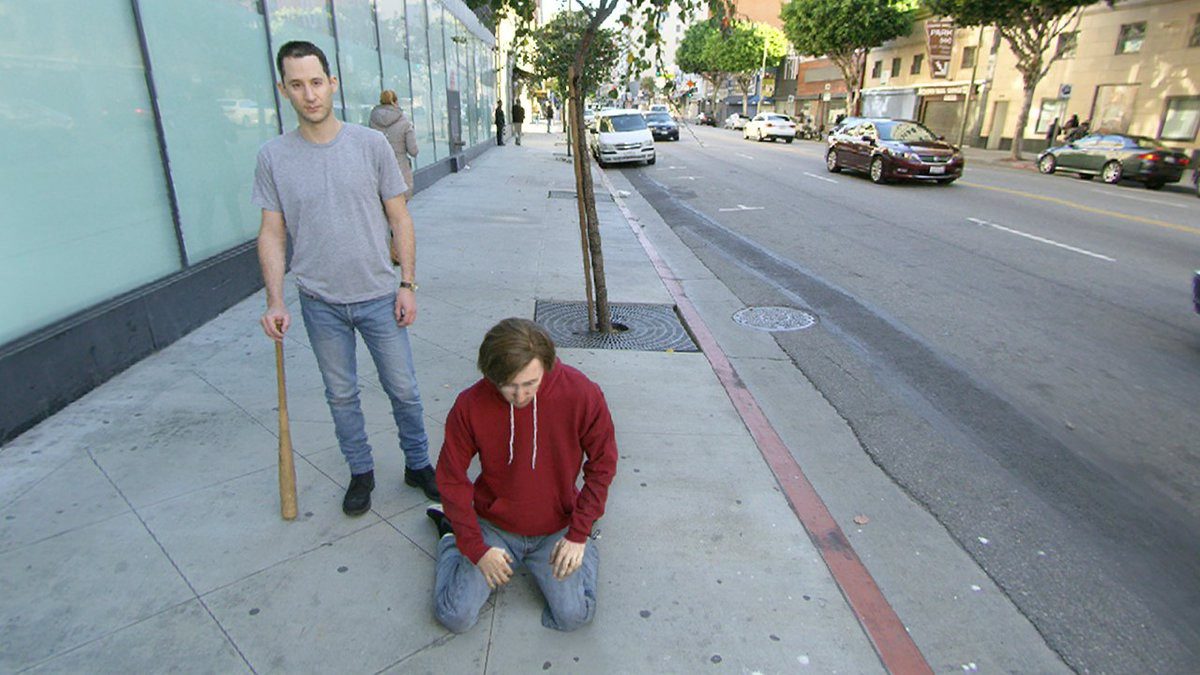Reflection on Lecture:
Please write a short response to the lecture from Wednesday. What did you learn through the group storytelling exercise? Can you find a common thread between the storytelling exercise, our quick in-class research on Marshall McLuhan and the Group Debate assignment?
Through the group storytelling exercise, I learned that there working with may narratives at once is unproductive and not resourceful. Only when our group chose to work on an individual narrative (even not in favor of the whole group) can we move on to the bigger picture, creating a cohesive plot and finding an ending to the story. A constructive tactic I found when the majority of the group were debating over the narrative is doodling out the characters and the main scenarios of the story. By doing so, members of the group were able to identify and have a mental visualization for the story, which helps them making decisive takes to the storyline.
The in-class exercise on Thursday (Marshall McLuhan research) showed how students could identify different information within the same topic and link them together, similarly to the participation we did on Wednesday’s lecture. The difference between the two exercises was that the group’s exercise from the lecture helps coming up with abstract and creative narratives, plus threading these narratives together in a logical way in the scope of making up a story while the one in recitation did the opposite.
Debate Case Study:
Please research and bring to class one example project/case study from your own field with an immersive storytelling element that supports your debate argument. Pay close attention to how your case study can be used to create a strong argument.
Consider what makes the project immersive (e.g. the form, audience, technology, context, etc.), what storytelling techniques are used and most importantly, WHY they are effective/ineffective.

Fig 1: Real Violence, Jordan Wolfson (via Jordan Wolfson)
A project that is quite profound in the realm of VR which provides the participant with the role of the silent witness is Jordan Wolfson’s work, Real Violence, 2017. Though it is quite difficult to find an actual snippet of the VR experience, there are videos of people’s reactions, tweets, and plenty of articles talking about this absurdly real and horrifying experience (an example is this video showing people’s faces when taking down the VR headset). The experience was described, “Replicating the haunting feeling of being a passive bystander, watching a passive victim, was key to the work’s conception” by Isaac Kaplan in an article about this work (link). I got to experience this project in real life a few years ago, in Whitney Museum. The project surprised me. I was a silent witness to a brutal beat-down and I was not ready for. It was effective in a way that I was in a virtual space that was quite real, yet I couldn’t do anything to help the person who was attacked.

Fig 2: Reactions at ‘Real Violence’ by Jordan Wolfson (https://www.wmagazine.com/story/jordan-wolfson-whitney-biennial-2017-reviews-reactions)

